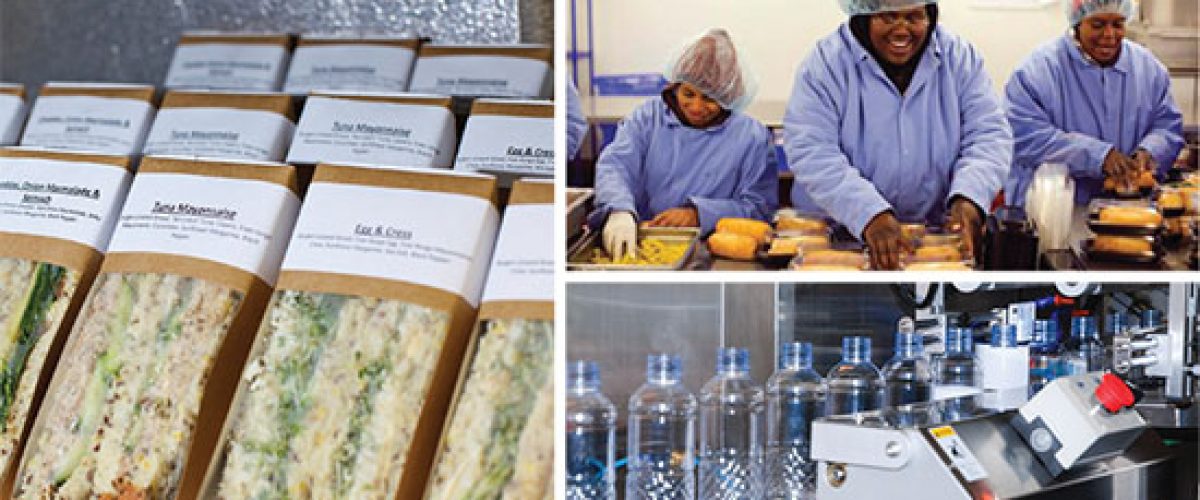Manufacturing Case Study: Food & Beverage
Project Background
This company manufactures food products on behalf of a leading South African retailer. The products range from packaged snacks such as muffins and sandwiches through to pre-prepared meals for home consumption. Products of this type have a particularly short shelf life which can be measured in terms of a few days rather than weeks or months.
The company deals with high volumes of these products and their customer is a premium retailer with very strict delivery and product quality requirements. They deliver around 18 000 lugs per day and were experiencing problems with meeting the deliveries and the associated paperwork required. There was a high percentage of erroneous deliveries in which goods were delivered but arrived on the wrong truck and at the wrong time. This resulted in a significant administrative burden: a large number of credit notes had to be generated and deliveries then re-invoiced.
Translution Functionality
The initial phases of the project were focussed on solving the specific problems experienced by the client – specifically in the loading and dispatch processes.
While some of the requirements of this implementation were dealt with using standard TransLution functionality, certain specific requirements necessitated the development of a new TransLution module, which is now available for general use. The module related to the creation of specific bulk product labels – depending on the access rights of the user that is logged on. The labels can be printed for: Lug Box labels per region, ship date and sales order; Sell-By labels per region, ship date and sales order; and trip sheets which are printed by region and ship date only.
The Lug Box label printing in particular was of extreme importance. The user selects the required date and region and the printing application then displays all orders that fit the criteria by reading them from their ERP software. When the user selects which orders to print, the custom application reads various database tables which specify the number of lugs per product. The application calculates the number of labels to print including additional labels to mark first and last lugs.
Standard TransLution scanning functionality, using suggestion prompts to provide the operator with additional information, is used to scan each lug onto a dolly. The scanner user can see how many lug boxes and dollies he has scanned and start a new dolly when the previous one is full. The scanner is also used to close a trip sheet so that nothing more can be scanned onto it.
System Overview
The TransLution configuration is fairly standard with the same server sharing both the TransLution and the ERP databases. There is one computer which is used to print labels and also to view and print reports. There are also four wireless scanners used and 4 label printers.
Benefits
The custom label printing application delivered the key benefit of improving both the speed of loading the client’s trucks and also significantly improving the accuracy of recording what was on each truck.
The system is now also able to generate an accurate report of which lugs are on each truck based on the scanned information. This report is of course not only accurate but available immediately, for use by the drivers as part of their delivery documentation.
Barcode Labels And Structures
In terms of labelling, this implementation is slightly unusual. Instead of a standard product label, the lug label is what is scanned whenever a lug box moves.
This label, as shown below, does refer to product but also shows the region, the order number and the lug number.
Success Factors And Challenges
The ability of TransLution to tailor a solution to meet the client’s specific needs was crucial to the success of the project.
Due to the volumes and operational requirements of trucks departing within specific time slots all day every day, implementing the project proved to be extremely challenging. The solution was to run the new system in parallel to the old and train users as they were starting or ending their shifts.



